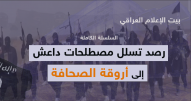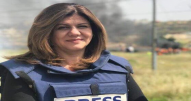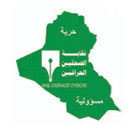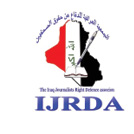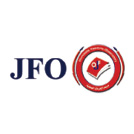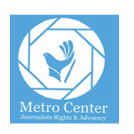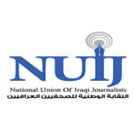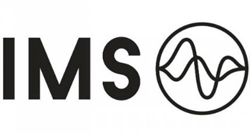"October Demonstrations": Shy Coverage ... And The Blocking of The Internet Failed to Block Events from Social Media
الصفحة الرئيسية > تقارير الرصد الإعلامي > "October Demonstrations": Shy Coverage ......
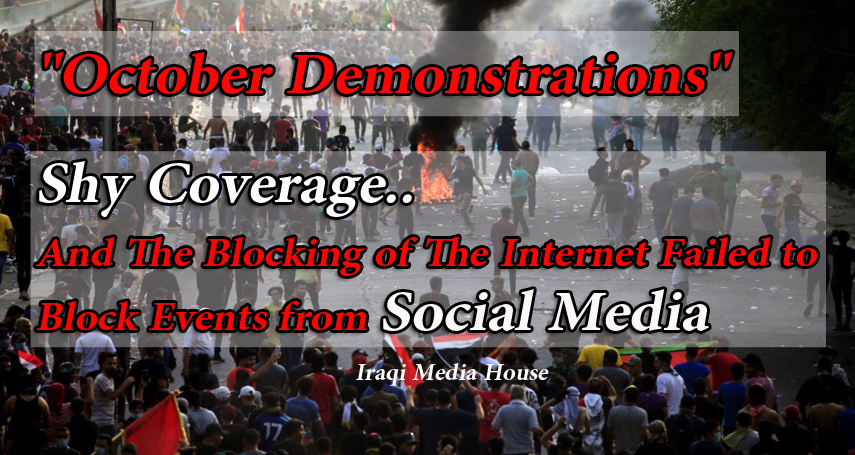
"October Demonstrations": Shy Coverage ... And The Blocking of The Internet Failed to Block Events from Social Media
In its forty-third report, the Iraqi Media House monitors media coverage of the protests that took place in Iraq in the beginning of October 2019, and the complete ban on the Internet by official agencies for several days.
The report contains monitoring of the content of a wide sample of media about their coverage before and on the eve of the protests, as well as after their launch. The monitoring examines how the government ban on the Internet affected media coverage, and how social media sites and bloggers have become the main source of coverage for Western, Arab and international media.
Mass demonstrations began in Baghdad and a number of governorates in early October, calling for services, job creation, and fighting corruption. Thousands of demonstrators, mostly young people, participated in it. It was accompanied by government measures represented in the use of violence against demonstrators and the banning of the Internet, as well as attacks on many media outlets in Baghdad, including major channels covering the protests in its early days.
Several international organizations condemned government measures, and organizations concerned with freedom of opinion and expression and the protection of journalists also condemned the targeting of satellite channels, journalists and media professionals.
The monitoring report concluded the following results:
1- It was noted that the media coverage was weak for the days that preceded the demonstrations by days, with the exception of separate reports, in addition to the demonstrations limited coverage of the media of the demonstrations after its launch, and it was limited to specific media that broadcast field coverage. Other media have only published limited brief news about the demonstrations.
2- The ban on the Internet has cut media coverage of most Iraqi media by up to 90%, and on social networking sites by as much as 70%, and fears of targeting media and journalists have contributed to curbing coverage also.
3- Despite the ban on the Internet, dozens of videos, pictures and news about the protests were published on social media, which became the main source of local, Arab and international media coverage of the demonstrations.
4- Social media sites, especially "Twitter", have turned into the main platform for news of the demonstrations, which made the coverage vulnerable to publishing fabricated news, as cutting off the Internet also contributed to a large number of interpretations, news, photos, and video clips fabricated.
5- Because of the internet ban and threats to the media, the coverage became official, focused on data issued by official institutions with the absence of the demonstrators side, but after the restoration of the Internet service despite poor service and the banning of social media sites, dozens of videos, photos, and stories that occurred during the protests were leaked.
Recommendations:
1- The official authorities should avoid repeated media closures and prevent journalists from covering important events. Withholding and blocking coverage, even if it achieves goals deemed necessary by the official authorities, its repercussions are significant during demonstrations and beyond. It affects societal peace and security and adds a setback to the country's reputation for international freedom of opinion and expression.
2- Officials should realize that attempts to prevent coverage and hide facts from public events such as demonstrations cannot be hidden forever in the digital age, and that attempts to ban the Internet have not prevented the spread of videos, news, and events photos.
3- The ban on the Internet and the media from working pushes the spread of false and false news about events through yellow media and electronic armies that exploit the ban to broadcast hate speech and publications that threaten societal peace and security.
For information on media monitoring in Arabic




